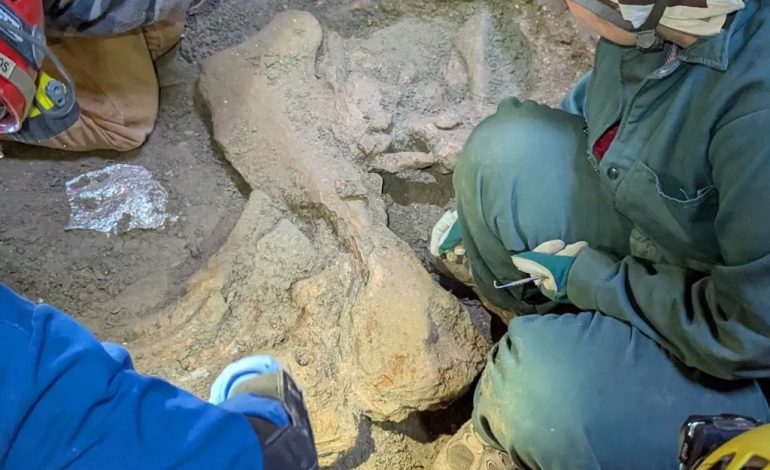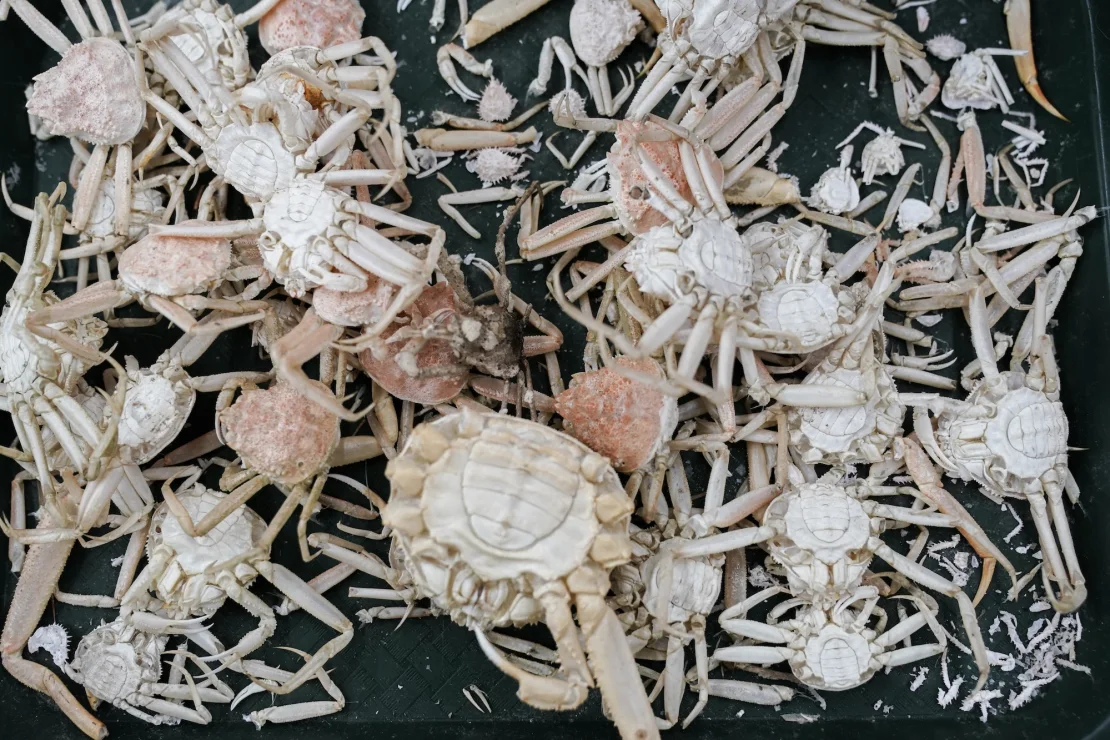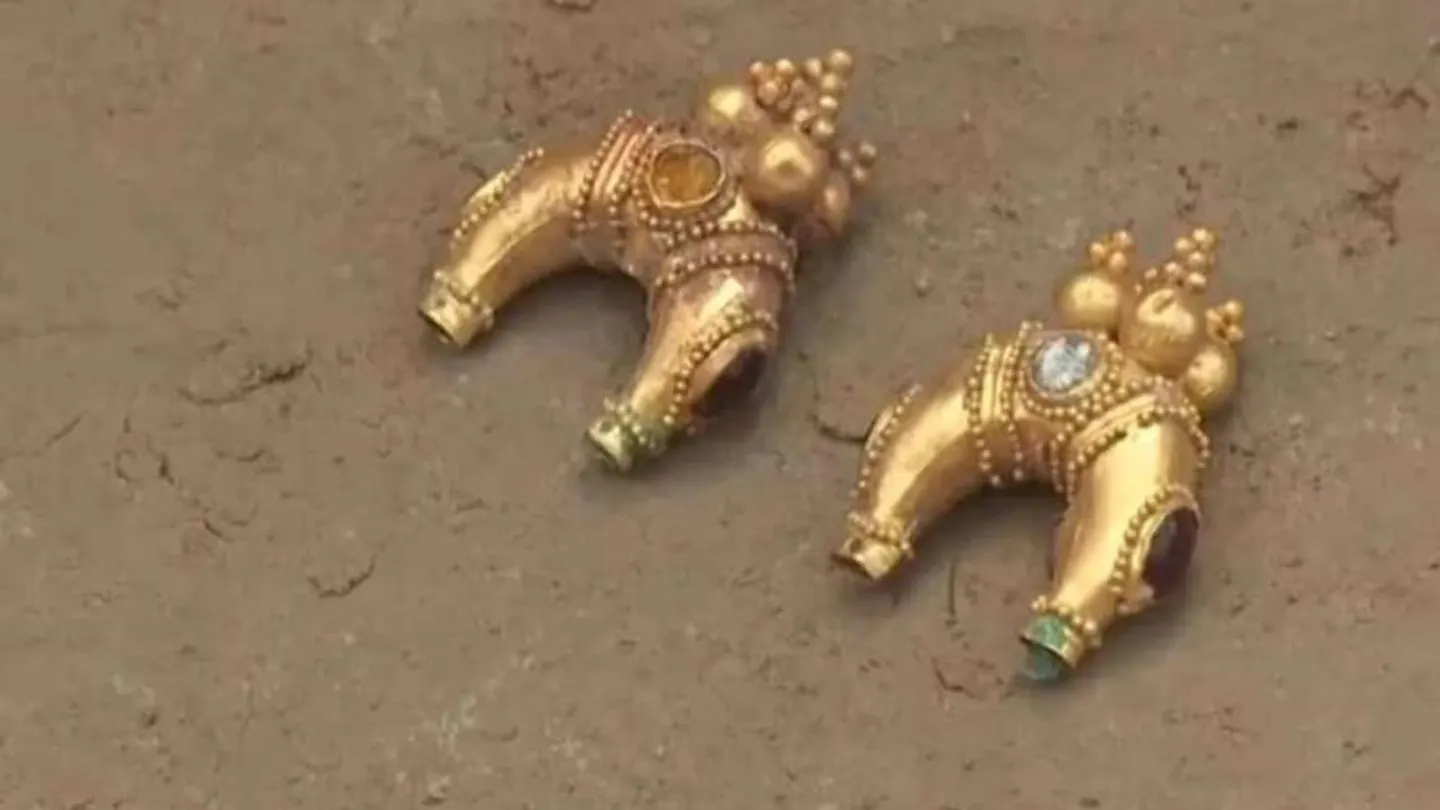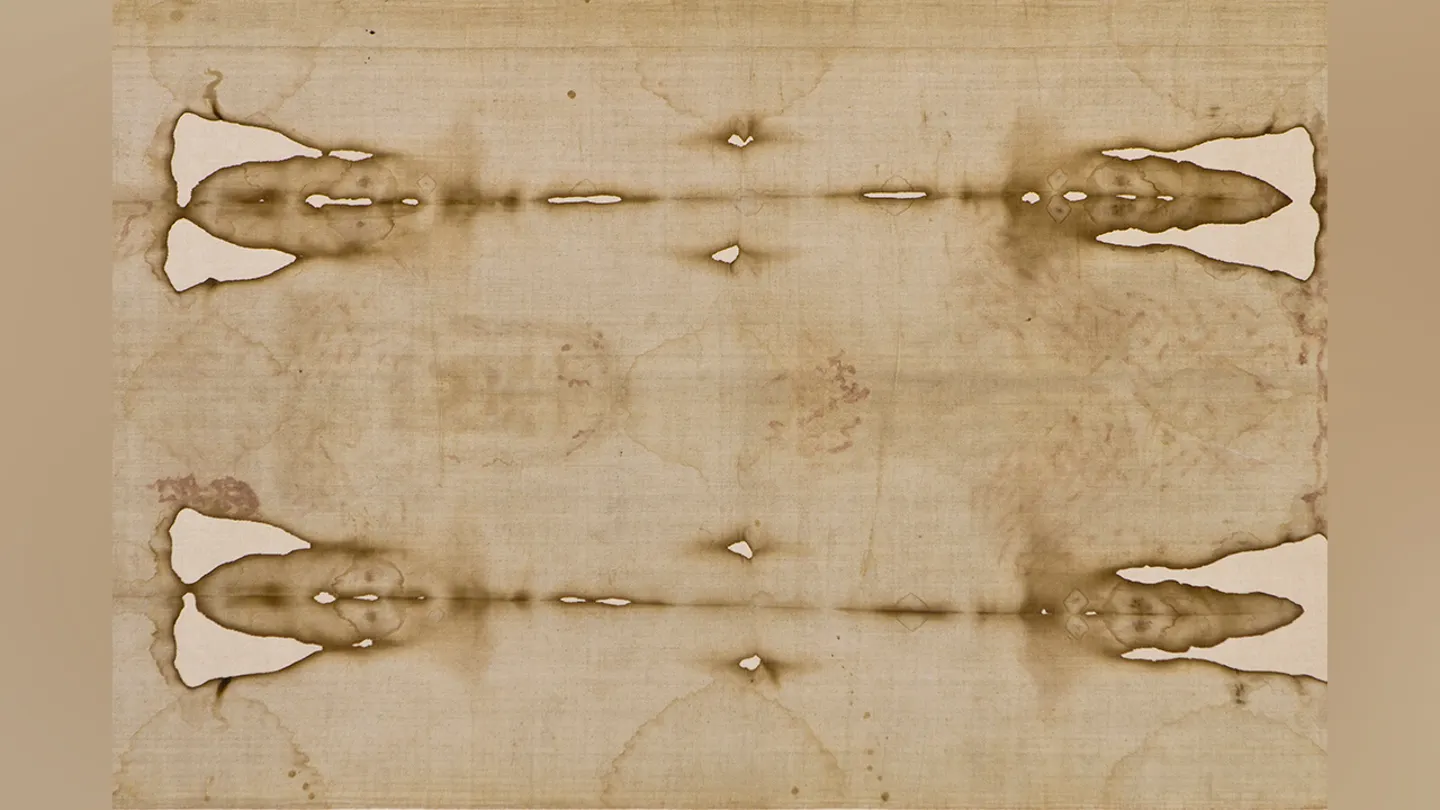On one of the final days of the 2024 field season, a research crew peering into the 85-foot drop of Natural Trap Cave in northern Wyoming got a gut feeling they’d stumbled onto something big, Oil City News reports.
“It was a mammoth vertebra — just a centrum,” said Julie Meachen, a professor at Des Moines University Medicine and Health Sciences.
Since 2014, Meachen’s team has been rappelling into the Bighorn Basin cave, pulling out Ice Age treasures like American cheetah and short-faced bear bones. The site is exactly what it sounds like: a natural pit that lured unwitting animals to their doom. Thanks to the cave’s cool, humid “refrigerator” conditions, fossils dating back roughly 20,000 years often come out in remarkable shape.
Mammoth remains, though? Those are rare here.
“They’re not really running animals,” Meachen said. “They probably would have known the cave was there. They kind of look to where their feet go.”
That’s why the 2025 season opener felt electric. As digging resumed, the crew began uncovering most of the mammoth’s cervical vertebrae, some thoracics, a scatter of ribs, and much of the scapula.
“This is a pretty amazing find,” Meachen said.
Then came the hard part: getting it out. The only way in is over the edge — ropes, harnesses, the whole deal — which means every fossil has to leave the same way via a pulley system. (Even reporters who tag along have to learn the ropes.) Bit by bit, the team shoveled through thick clay and hoisted what they could before wrapping the 2025 season.
“For the people of Wyoming, I think it’s really cool for them to understand their prehistoric heritage and what animals were there before the end of the last Ice Age,” Meachen said.










The latest news in your social feeds
Subscribe to our social media platforms to stay tuned